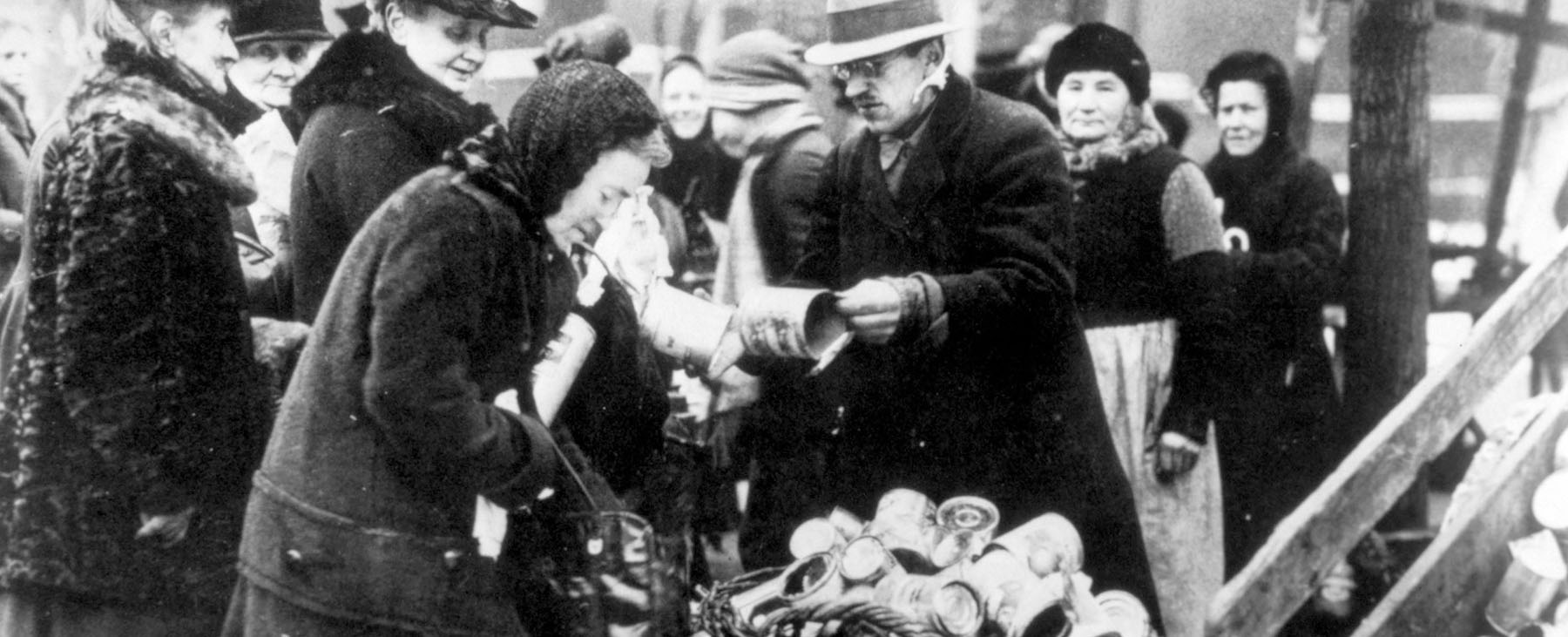

Hyperinflation: history of runaway inflation
Les últimes dades proporcionades per l’Institut Nacional d’Estadística (INE) apunten que al juliol els preus van pujar un 10,8% interanual. Una taxa d’inflació que no es veia des de l’any 1984. Però, què passaria si els preus seguissin augmentant ràpidament i sense control? Joan Benedicto, agent 11Onze, ens explica què és la hiperinflació i en detalla alguns exemples històrics.
Abans d’entendre què és la hiperinflació hem de tenir clar què és la inflació, com explica Benedicto, “la inflació es defineix com l’augment generalitzat i sostingut dels preus dels béns i serveis d’un país en un període determinat de temps”. Tanmateix, quan es produeix “una pujada de preus descontrolada, excessivament elevada, i de com a mínim un 1.000%”, podem parlar d’hiperinflació.
La ràpida pujada de preus, juntament amb la pèrdua del valor real de la moneda, provoca una gran reducció del patrimoni monetari de la població. Com detalla l’agent d’11Onze, “si compro una barra de pa, i en el meu país hi ha una inflació del 1.000%, aquesta barra de pa, al cap d’un any, costarà 11 € en comptes d’1 €”.
A més, cal tenir en compte que en casos reals d’hiperinflació al llarg de la història, les pujades de preus han estat molt més desmesurades que en l’exemple anterior. Així mateix, les conseqüències socials i econòmiques d’aquestes hiperinflacions encara segueixen afectant de manera important a l’economia mundial.
Hiperinflacions al llarg de la història
El cas recent d’hiperinflació més paradigmàtic és, possiblement, el de Veneçuela, que l’any 2018 “va passar a tenir una inflació aproximada del 130.000%”, apunta Benedicto. Tot i que la seva economia ha mostrat una significativa recuperació, amb “una inflació per sota del 700% l’any 2021”, i la fi de l’espiral inflacionària el 2022, l’efecte d’aquesta llarga crisi es reflecteix en la realitat quotidiana dels veneçolans, que veuen com una part significativa de la població continua patint el risc de pobresa extrema i inseguretat alimentària.
Un altre cas és el del 1923 en la República de Weimar, l’actual Alemanya. Després de la Primera Guerra Mundial, el país estava greument tocat en l’àmbit econòmic i sense reserves d’or per poder fer front als pagaments del Tractat de Versalles. El marc es va devaluar i, com explica l’agent d’11Onze “cinc anys després de la guerra, van arribar a una inflació de 665 milions per cent”.
No podem concloure aquest breu recull d’hiperinflacions al llarg de la història sense parlar de la hiperinflació d’Hongria del 1946. Després de la devastació de la Segona Guerra Mundial, l’economia va quedar tan malmesa que els preus es duplicaven cada dia i, com puntualitza Joan Benedicto, “la hiperinflació va arribar a uns màxims de 41.900 bilions per cent, sens dubte, el pitjor cas d’hiperinflació que s’hagi conegut mai”.
11Onze és la fintech comunitària de Catalunya. Obre un compte descarregant la super app El Canut per Android o iOS. Uneix-te a la revolució!






Gràcies
Gracies a tu, Joan, per ser-hi i per seguir-nos!!!
Article duríssim, que malauradament és encertat. Caldrà apretar-se el cinturó i més d’un s’escanyarà
Gràcies, Francesc. Efectivament, per desgràcia, a alguns ja no els hi queden forats per estrènyer.
Gràcies per l’explicació. Quines mesures caldria prendre per aturar-la
Hola, Cesc! Les mesures que caldrien aplicar són totes aquelles que facin que l’economia d’un país funcioni amb certa normalitat. Com que les hiperinflacions poden aparèixer per diferents causes, no hi ha una sèrie de mesures concretes, però podem posar algun exemple.
En el cas d’un país que acaba de sortir d’una guerra, hi ha una gran quantitat d’infraestructures que han estat destruïdes, com camps de conreu, fàbriques, vies de comunicació… que servien generar productes, menjar i donar feina a molta gent. Si falten aquestes infraestructures en gran mesura com passa a les postguerres, l’economia es frena enormement, hi ha una gran escassetat de béns i per tant, aquests pugen de preu de manera desorbitada. En general, la reconstrucció del país seria una mesura que, en aquest escenari d’hiperinflació en concret, s’hauria d’aplicar amb urgència, però naturalment hi ha altres factors a tenir en compte. Espero haver-te respost!
Uffff les xifres maregen, el futur imminent no pinta gens bé.
Efectivament, Manel. El futur més immediat no pinta gens bé 🙁
Mare de déu. 😬
Té tela Carles. Sempre s’aprèn alguna cosa nova.
Gairebé és inimaginable.
Les xifres maregen. La pregunta és: com s’arriba a una situació d’hiperinflació com la d’Hongria, i què significa a la pràctica, al dia a dia
Jo diria que en casos com aquests de tanta inestabilitat simplement tot deixa de tenir sentit, les hores de feina, el preu de productes com la gasolina o altres despeses de la llar que considerem imprescindibles útils i necessaris passen a ser simplement supèrflues. Viu el que té menjar i llenya per escalfar-se. El pillatge i les màfies s’apoderen de tot.